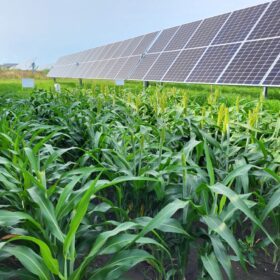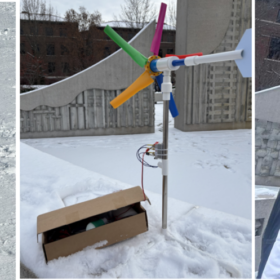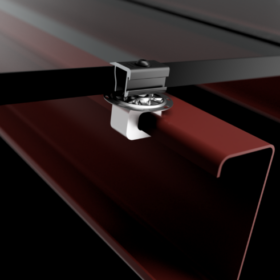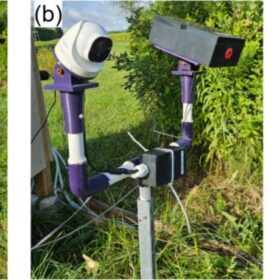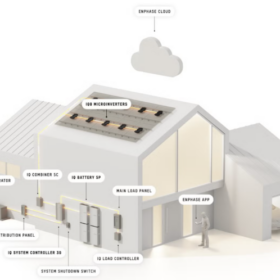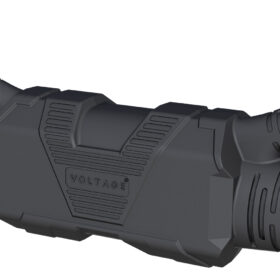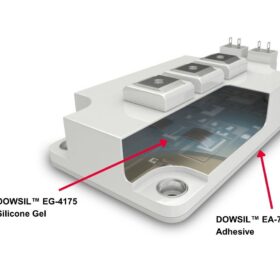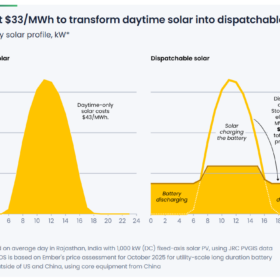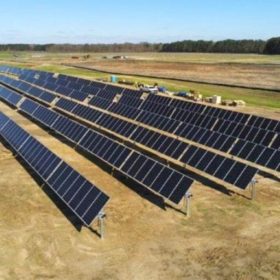Agrivoltaics for sorghum and soybeans
Researchers at the University of Illinois Urbana-Champaign found that shading from agrivoltaic systems reduces grain numbers in both sorghum and soybean, but sorghum can partially compensate by increasing grain weight while soybean cannot. The study shows that sorghum and soybean respond differently due to their physiology, offering guidance for crop selection and management to minimize yield penalties in agrivoltaics.
Sodium-ion battery storage for ultra-low temperatures
U.S. researchers have developed a sodium-ion pouch cell that operates reliably at temperatures as low as –100 C. The battery was tested with simulated and real renewable energy sources, including wind and solar, and maintained stable performance in both laboratory and field conditions.
S-5! launches new clamp for solar carports
The mounting system provider said its new product is designed to fit both Cee and Zee purlin-framed structures. It features a bottom-oriented setscrew.
Open-access, modular monitoring platform for multi-year outdoor PV testing
A team of researchers in Canada has developed the Jericho Open Resistive Data Logger—an open-access photovoltaic (PV) monitoring platform that integrates data acquisition and processing hardware, a software framework, and a comprehensive sensor array. Designed primarily for agrivoltaic applications, the system has a total estimated cost of around $2,000.
Enphase introduces complete off-grid solar and storage system
Enphase Energy has introduced a complete off-grid solar and storage system that integrates batteries, microinverters, and generator control, with international rollout set for 2026.
Cadmium telluride vs. crystalline silicon in agrivoltaics
Canadian researchers investigated how the transparency of cadmium telluride and crystalline silicon solar panels affects lettuce growth in agrivoltaic systems. They found that 69%–transparent silicon panels increased lettuce yield by 3.6%, whereas cadmium telluride panels led to a reduction in yield.
New tech can tell if your EV will make it home
Researchers in California have created a new diagnostic metric that can reportedly predict if a battery can successfully power a specific task. The proposed model could be used in electric vehicles, unmanned aerial systems, and grid storage applications.
Voltage Energy releases two wiring solutions for solar projects
The US-based electrical balance of systems provider stated its new products are designed for utility-scale projects and the mid-capacity range. Both systems are IP68-tested.
Dow releases new silicone gel for high voltage PV
The company said that its Dowsil EG-4175 Silicone Gel resists temperatures of up to 180 C in next-generation IGBT modules used in inverters.
Uncovering attitudes towards agrivoltaics via community engagement
An American research group has conducted a pilot workshop for agrivoltaics stakeholders in Arizona, including farmers, developers, government officials and indigenous leaders. A reflection paper offers some key takeaways for future public participation.
